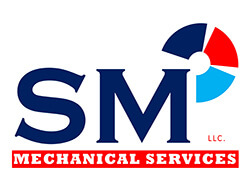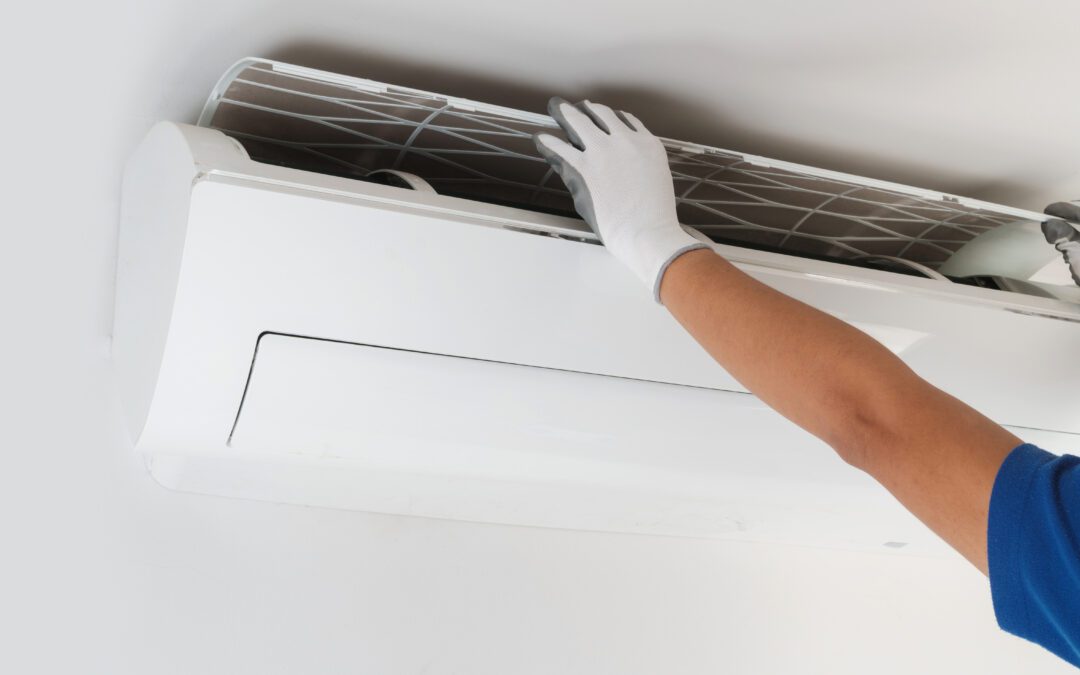Are you having trouble with a clogged condensate line in your air conditioner? Call our expert HVAC team today at (860) 296-5100.
The condensate line plays an essential role in air conditioning systems. Also known as the condensate drain, this AC part performs a critical function by draining moisture. Below, we will how keep your air conditioner condensation line clean and how regular maintenance can help.
Residential and commercial customers can rely on heating and cooling services in Marlborough by SM Mechanical Services. We provide full-service care and can work on most air conditioner brands. Our team will arrive in fully stocked trucks that contain all the tools, equipment, and parts to keep your air conditioning system running.
What Is a Condensate Line?
Air conditioning systems release humidity as they cool the air. As a result, condensation or moisture starts to build up from the humidity. The condensate lines remove moisture from your home.
Condensate lines consist of plastic (PVC) or metal materials. These drain lines use gravity to remove condensation from your air conditioning system. In most cases, the pipe connects directly to the air conditioning system and leads outside your home.
Why Is a Condensate Line Important?
Condensate lines remove condensation and moisture from the evaporator coils. Excess moisture creates the perfect environment for mold, mildew, and corrosion.
Some air conditioning systems have a condensate pan underneath them to catch drips. However, most rely on the condensate line to remove residual water.
Should a Condensate Line Have Water in It?
It’s normal for water to drip from the outside unit’s condensate line exit point. Water drips indicate a working and functional drain line. During hot days, the condensate line may drip up to several gallons of water.
No water drips could indicate a problem. The condensate line may have clogged if water pools around the interior unit or leaks from the inside access point.
What Are Some Common Issues with Condensate Lines?
A clogged AC drain line can trap water, leading to various issues. During extremely cold weather, dust, dirt, or ice can clog the line. The air conditioning system will malfunction as a result.
In addition, water that cannot exit through the line will back up. Therefore, moisture will build up inside your air conditioning system.
4 Signs of a Clogged Condensate Line
Reduced Efficiency
Clogged condensate lines reduce your AC system’s efficiency. Modern units automatically shut down when water backs up. If your air conditioner repeatedly turns on and off, you have a clogged line.
Water Accumulation
Water may leak into your home when the air conditioner condensation line clogs. Water leaks can damage carpets or floors, requiring expensive replacement. If you notice water inside your home, contact an HVAC technician to fix the problem.
Musty Odor
Some units use an AC drain pan beneath the coils to collect moisture from the condensate line. A clogged line may cause water to leak, allowing toxic bacteria such as mold and algae to grow. If you notice a musty odor coming from your AC system, you have mold due to a blocked condensate line.
Wet Walls
A clogged condensate line can affect your home’s walls and other surfaces. When humid air cannot escape your home, moisture can penetrate walls. Water seeping from the air conditioning system may cause your walls to feel damp or look discolored.
How to Prevent a Condensate Line from Clogging
Regularly cleaning the condensate line will prevent clogs. Pour one-fourth cup of vinegar into the condensate line to kill mold, algae, and other contaminants.
Keep your air conditioning system operating at peak efficiency by following this step-by-step guide.
Step 1. Remove the plug and turn off the air conditioner at the thermostat and breakers.
Step 2. Find the condensate line. Look for the condensate line attached to a wall near your outdoor unit.
Step 3. Identify the entry point of the condensate line. It’s common for the line to have a T-shaped vent with a PVC cover or cap. Remove the cover to examine the line for blockages.
Step 4. Pour the distilled vinegar solution into the condensate line. Regular white vinegar will give better results due to its higher acidity levels. If needed, add hot water, peroxide, or dish soap to alleviate the vinegar smell.
Step 5. Let the solution rest for 30 minutes. Afterward, flush the pipe with water to ensure the condensate line will work properly.
Step 6. Repeat the process. Cleaning the condensate line every 30 days will ensure that your air conditioner continues to run smoothly.
Alternatively, wet/dry vacuums can help clean the condensate line. Attach the hose to the line access point and create an airtight seal. Then, run the vacuum for one or two minutes to clear debris and blockages.
What Should You Do if Your Condensate Line Is Clogged?
Call an HVAC company if you have trouble clearing the condensate line or have severe clogs. Professional cleaning involves blowing out the blockages with air pressure. Next, the sterilization process removes all traces of algae from the drip pan and condensate line.
Opt for Regular Maintenance
An air conditioning system will have a longer lifespan with regular maintenance and tune-ups. Professional checks and cleaning will ensure that your equipment runs efficiently.
A trained HVAC technician can spot problems early. In addition, a professional can suggest solutions before anything major goes wrong.
Give SM Mechanical Services a Call Today
SM Mechanical Services provides heating and cooling services to ensure your comfort all year round. Our team can answer any air conditioner questions you have. Whether you have a clogged air conditioner condensation line or need a professional tune-up, we can help.
Visit us to know more about air balancing if your system takes too long to cool your home. We can create custom solutions to reduce your electric bills.
Contact SM Mechanical Services today if you’re experiencing air conditioner issues or have condensate line blockages. Call us at (860) 296-5100.

